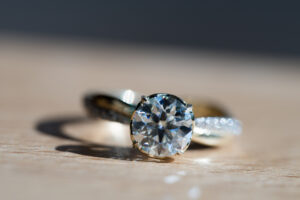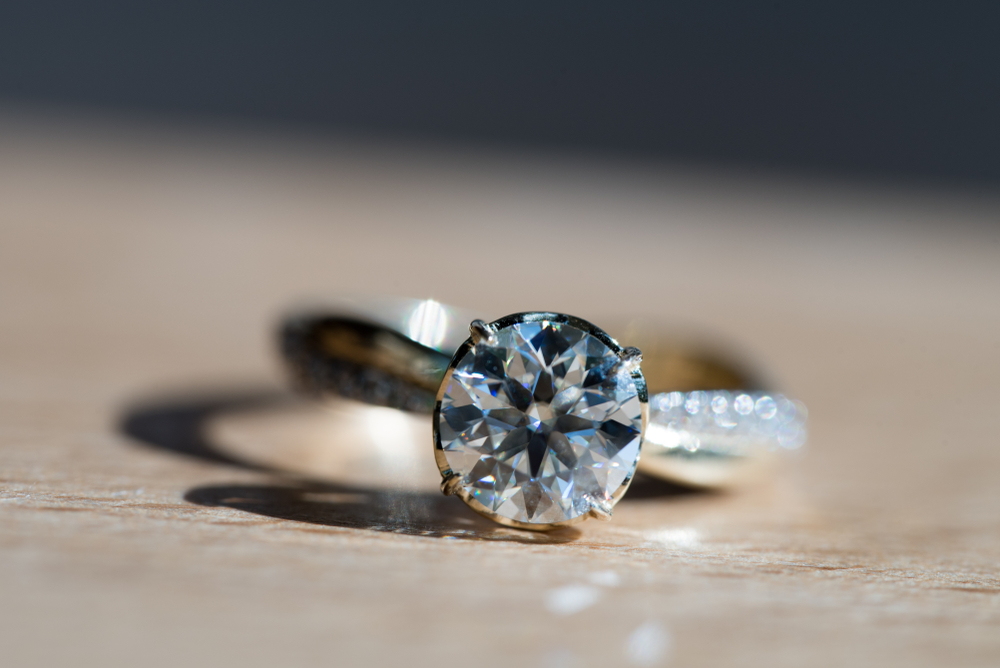
In recent years, there has been a noticeable shift in the views of teenagers when it comes to considering diamond rings as something precious. The younger generation is challenging the traditional notion that diamonds hold significant value and are symbols of love and commitment. Let’s explore the reasons behind this changing perspective.
Ethical Concerns
One of the primary reasons why teenagers today are questioning the preciousness of diamond rings is due to ethical concerns surrounding the diamond industry. The issue of “blood diamonds,” which are diamonds mined in war zones and sold to fund conflicts, has received widespread attention. The exploitation of workers and environmental damage associated with diamond mining has also raised ethical red flags. Awareness campaigns and documentaries have shed light on these issues, prompting teenagers to question the origin and impact of the diamonds they wear. They seek alternatives that align with their values, such as lab-grown diamonds or other gemstones that have a more transparent and ethical supply chain.
Changing Priorities
Teenagers today are growing up in a time when societal priorities are shifting. They are increasingly focused on sustainability, social responsibility, and experiences rather than material possessions. This change in mindset has influenced their perception of diamond rings as something precious. Many teenagers prioritize experiences, such as travel or investing in their education, over purchasing expensive jewelry. They believe that true value lies in personal growth, making memories, and contributing to causes they care about. Diamond rings, which are often associated with materialism and societal expectations, no longer hold the same appeal for this generation.
Alternative Expressions Of Love And Commitment
The younger generation is redefining the ways in which they express love and commitment. Traditional symbols, such as diamond rings, are being replaced by more personal and meaningful gestures. Teenagers are opting for personalized gifts, experiences, or even tattoos as expressions of love and commitment, rather than relying on a diamond ring to symbolize their relationships. This shift is driven by a desire to break free from societal norms and express individuality. Teenagers view relationships as multifaceted and complex, and they seek unique ways to showcase their love and commitment to their partners. Diamond rings, which are often seen as conventional and generic, no longer resonate with their desire for authenticity.
The changing views of teenagers regarding the preciousness of diamond rings reflect a broader shift in societal values and priorities. Ethical concerns, changing priorities, and alternative expressions of love and commitment have all contributed to this new perspective. As teenagers question the traditional significance of diamond rings, they are seeking alternatives that align with their values and allow them to express their individuality.

